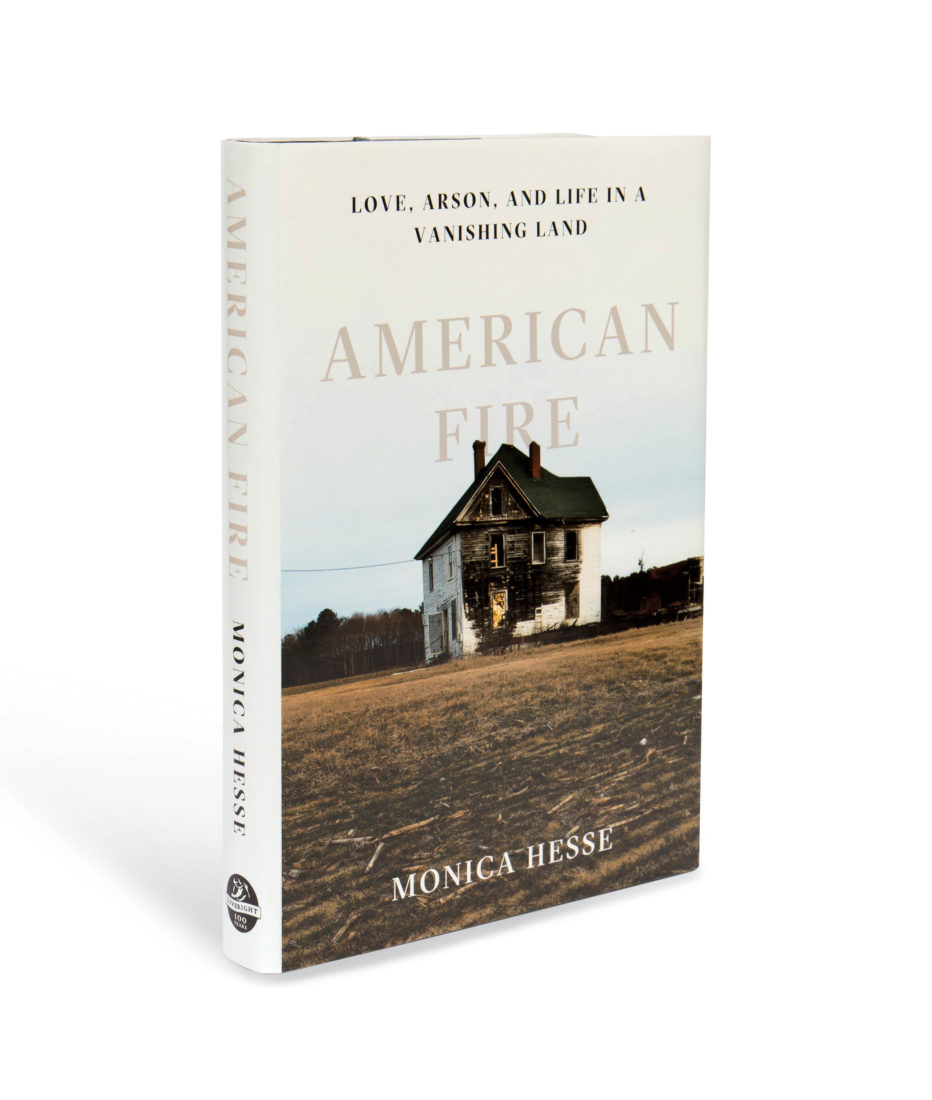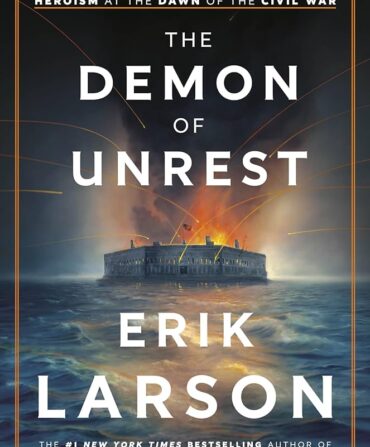The “vanishing land” in American Fire’s subtitle is the Eastern Shore of Virginia: “a hangnail,” as Monica Hesse describes it, “a hinky peninsula separated from the rest of the state by the Chesapeake Bay and a few hundred years of cultural isolation.” At its northern border with Maryland is a sign reading, THE SOUTH STARTS HERE. At its southern end is the Chesapeake Bay Bridge-Tunnel linking the shore to the mainland. “In between,” Hesse writes, “are little towns, clapboard churches, peeling chicken coops, salt-whipped brush, and roads that go miles and miles between streetlights.”
Beginning in the autumn of 2012, however, another feature appeared on this quiet landscape, usually at nighttime: fires. Lots of them, one after the other after the other. And from their smoldering embers rose an intense, bizarre mystery.
The first fires came the night of November 12—three, in the span of three hours. What burned in those fires—and in the three that followed the next night, and in the seventy-one more that followed over the next five months—were abandoned structures, including a farmhouse that in its prime
had symbolized the Eastern Shore’s status as “the richest rural place in America” but in its neglected state evoked the area’s long decline. “The county would grow used to hearing the wail of sirens in the middle of the night,” Hesse writes, “the sound of engines and tankers crunching over gravel. The county would see landmarks go up in flames and neighbors eye one another with suspicion at the grocery store. At night, the roads would transform into a sea of checkpoints and police cars; citizens trying to get home while Accomack [County] turned into a police state and the county lit up around them. The county went about its business. The county burned down.”
The first fire’s cinders were still warm when firefighters arrived at the inescapable conclusion: “We’ve got an arsonist.” But as the fires kept burning, night after night, and as investigators and criminal profilers and even a vigilante group calling itself the Eastern Shore Arsonist Hunters found themselves bereft of clues and suspects, two questions kept looming larger and larger: Who? And for God’s sake—why?
Hesse, a Washington Post feature writer and the author of a YA novel, Girl in the Blue Coat, answers the first question, partly, on page 10: Charles Smith, that’s who, a then thirty-eight-year-old body-shop mechanic and former volunteer firefighter and recovering addict and hapless local ne’er-do-well. The answer to the second question—why?—takes longer to appear, and its slow reveal supplies American Fire its mesmerizing grip. “Arson is a weird crime,” Hesse notes, “…a crime in which the weapon is nature, and the end result is the destruction of a thing, the changing of a landscape, the carving of a charred signature onto a dead piece of earth.” But the motives behind Smith’s arsons—he eventually pleaded guilty to sixty-seven counts—were weirder than most. Behind these fires was a love story gone off the rails. Love Warps the Mind a Little was the name of a 1997 novel by John Dufresne. Monica Hesse could have titled this Love Warps the Mind a Lot.
Yet Hesse, who recounts the fires and their investigation and the subsequent trials with cinematic immediacy, sees more than a berserk love saga in the ashes. That Smith set a string of fires is one part of the story, but that he had so many abandoned houses to choose from is the other. The Eastern Shore lost nearly a fifth of its population in the twentieth century, the shift from family farms to corporate farms draining the populace and emptying Main Streets, like so many rural areas. “This was not the story of Accomack,” she writes, panning out. “This was the story of America.” Hesse doesn’t overpound the metaphorical nail, but she also doesn’t miss the context lying there amid the “hundreds and hundreds of now empty houses that lingered and rotted by the side of the road”: that some of what Charles Smith destroyed was already, in its own way, long gone.









